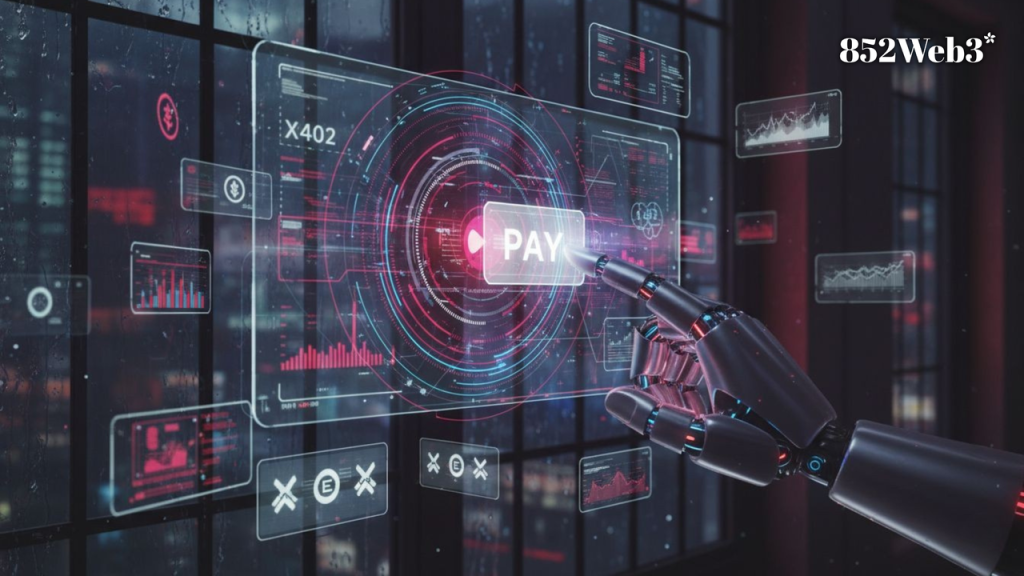Decades ago, the engineers who built the web probably never imagined that “HTTP 402 – Payment Required” would one day spark a crypto narrative.
⚡ Before the Hype: A Forgotten Code Finds New Life
In the language of the internet, “402 Payment Required” has existed for years—but was rarely used. Now, thanks to x402, it’s been revived as a native way for websites and APIs to handle payments.
Instead of routing users through endless signup or checkout flows, a service can respond with a simple 402 message. The client—whether a human user or an AI agent—then completes an on-chain stablecoin payment and gets a clean “200 OK” in return.
Originally introduced by Coinbase, the open protocol emphasizes being chain-agnostic, zero-fee at the protocol level, and instant in settlement—positioning itself as the web’s payment layer. In September, Coinbase and Cloudflare jointly launched the x402 Foundation, while Google’s AP2 framework added support, allowing autonomous agents to not only talk but also pay.
💳 From Subscription Fatigue to Instant Micro-Payments
Our online economy has long revolved around ads and subscriptions—both showing cracks. Many online interactions are worth just a few cents, not a full subscription. x402 changes that: reading a single article, downloading one dataset, or calling an API could all trigger direct, one-off payments, settled on-chain with stablecoins.
It’s designed to power the micro-transactions that Web2 could never handle efficiently, and to let AI agents settle their own bills in the background—no human checkout required.
🔥 From Protocol to Narrative: How $PING Lit the Fuse
What truly pushed x402 into the spotlight was a token experiment called $PING — widely seen as the first breakout meme coin born from the protocol. Early users on the decentralized platform Vercel used Base-compatible wallets to send 1 USDC via an x402 payment request. Once verified by x402 indexers, each transaction generated 5,000 $PING. The process required no traditional front-end interface, echoing the minimalist inscription-style minting that defined earlier on-chain crazes.
This hands-on experiment effectively became the first large-scale stress test of x402 in action — and it struck a nerve. The simple, code-based mint instantly revived memories of the ORDI inscription mania two years ago, sending fresh waves of FOMO through the market. Within just a few days, $PING surged over 100×, pushing its market cap beyond US $70 million.
The momentum didn’t stop there: LBank and BingX quickly listed $PING in their Innovation Zones, and when Binance Wallet added an “x402 Listing” section to its Markets tab, the token jumped another 17% within hours. What began as a developer-driven protocol experiment had suddenly turned into a mainstream narrative — one that blurred the line between hype and infrastructure.
🤖 Where Web2 Meets Web3’s Payment Language
Think of x402 as a new grammar for the internet. A content site could charge per article, an API per call, a game per session, or an AI assistant could autonomously pay for the data it consumes—all without redirecting to a checkout page.
And because x402 is blockchain-neutral, it works anywhere stablecoins can reach. With infrastructure players like Cloudflare and Google already integrating support, the idea of a “machine-to-machine economy” suddenly feels less like sci-fi and more like an inevitable evolution of the web.
💬 Closing Thought:
The PING mania may fade, but the x402 protocol it spotlighted might outlast the hype—rewriting how value moves across the web.
If every request on the internet could carry value, what would you charge, or pay for first?
*This article is for informational and educational purposes only and does not constitute investment advice.


